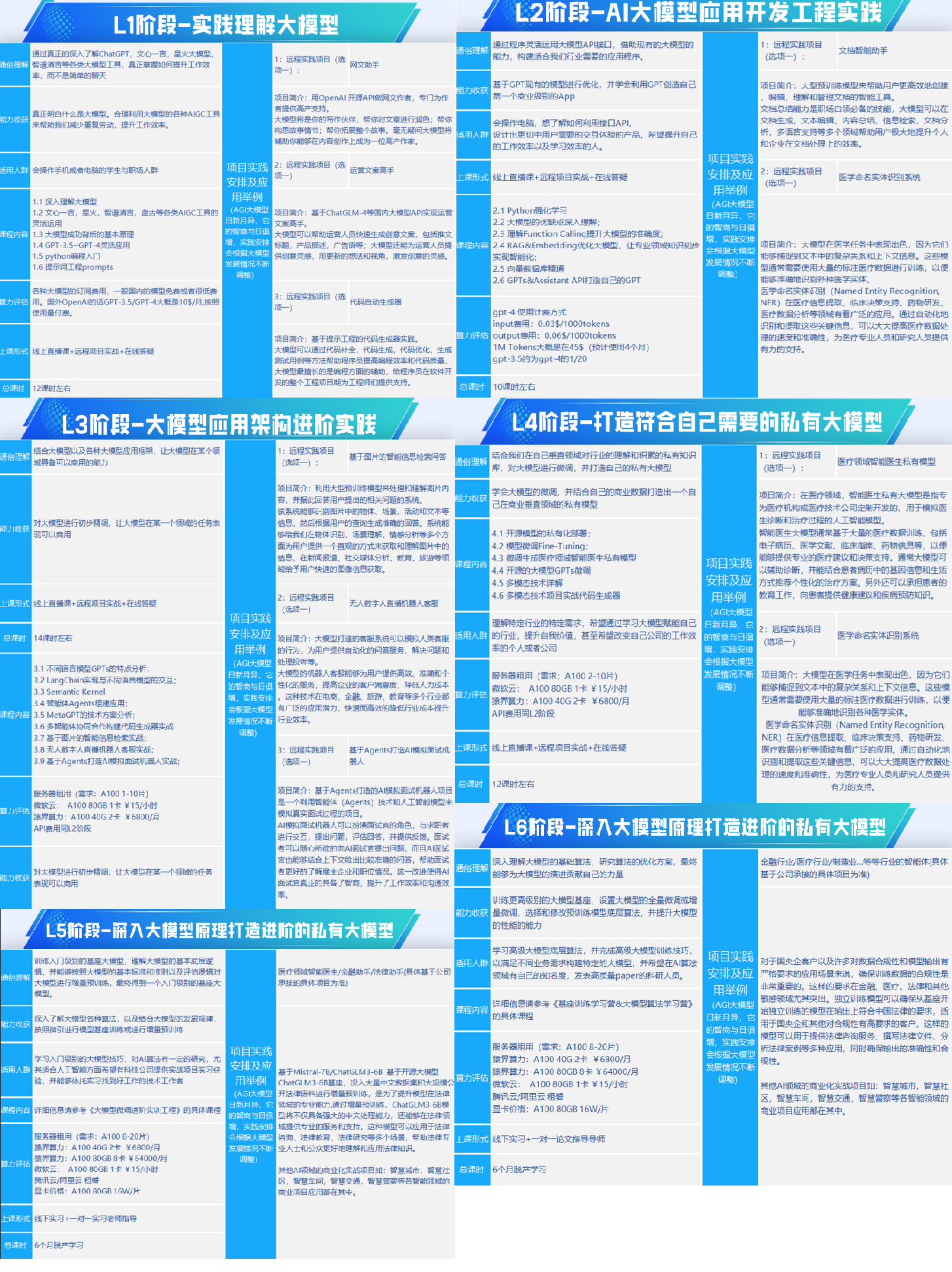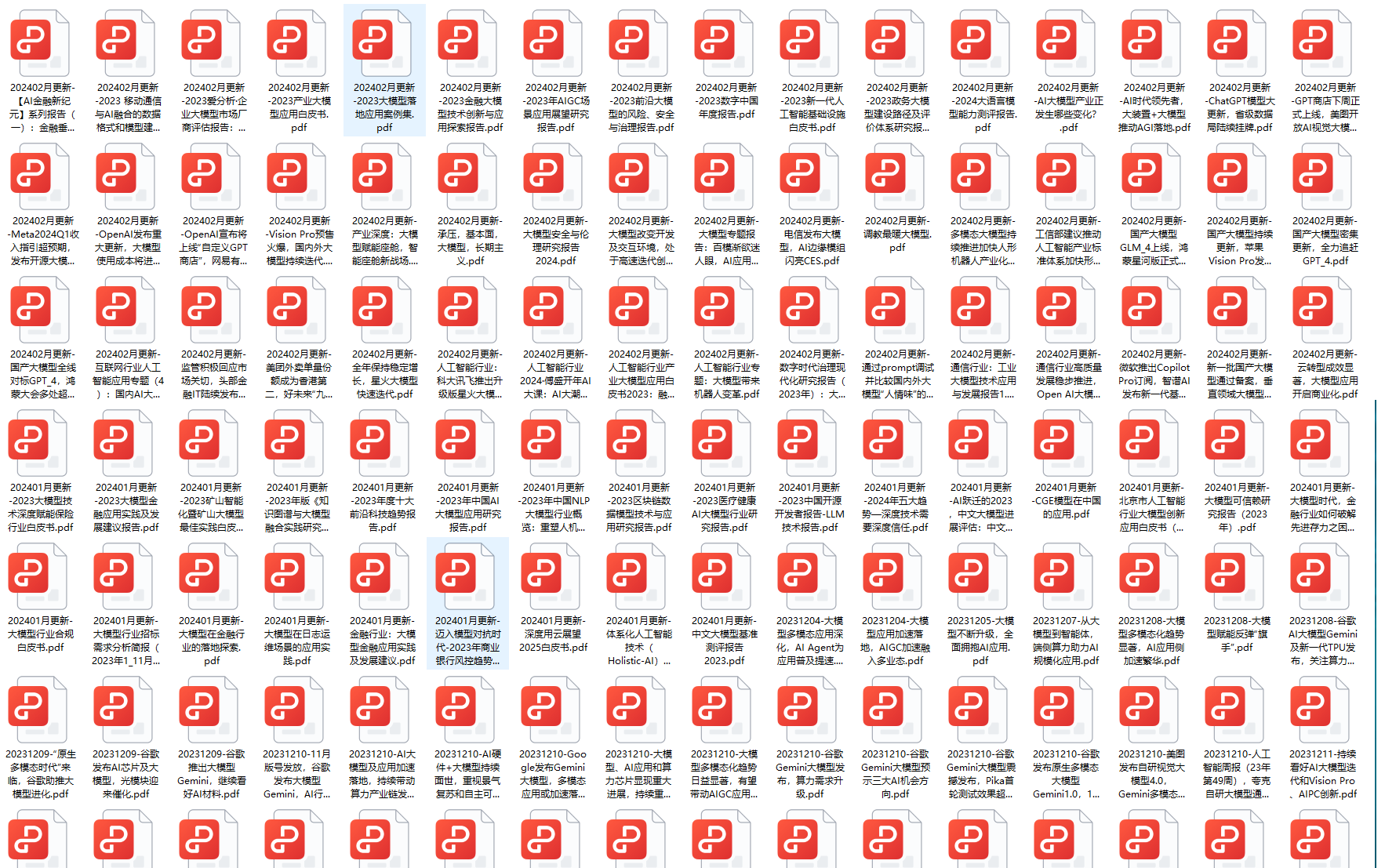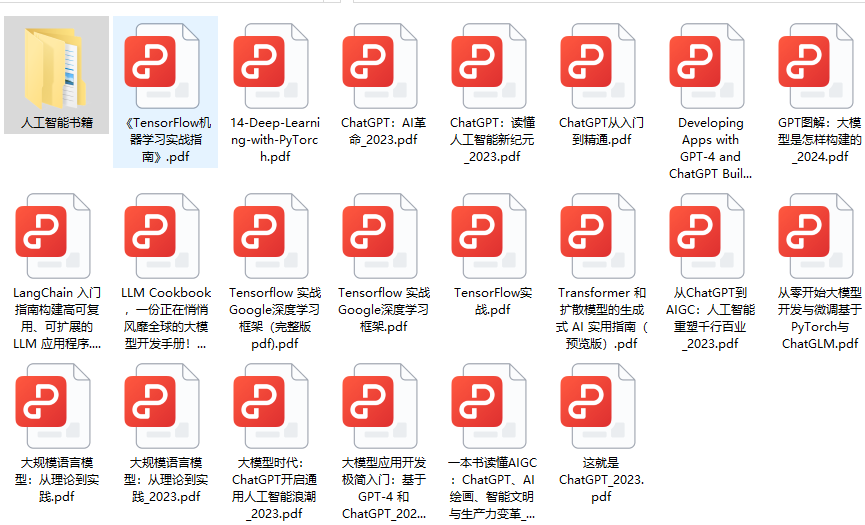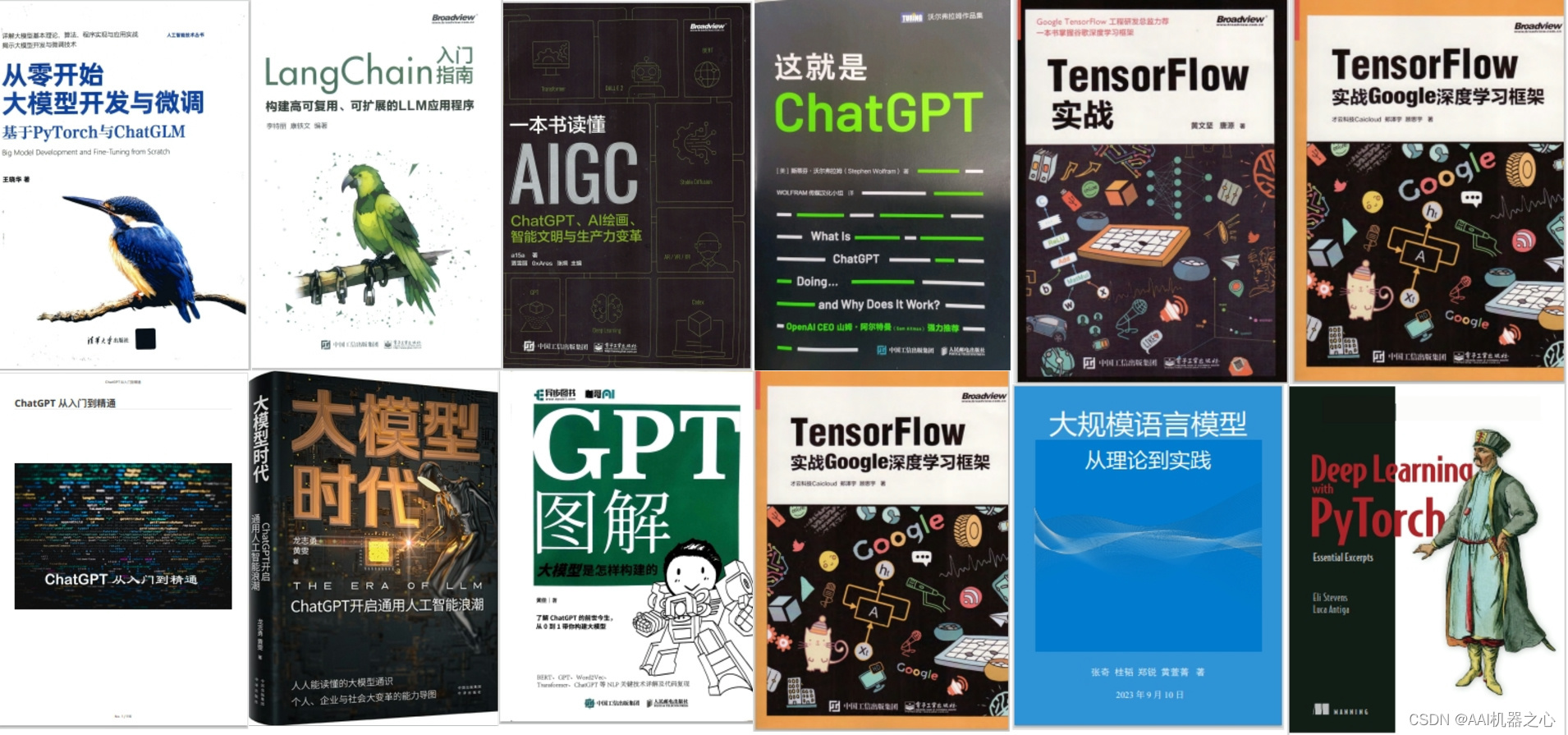
多智能体系统:协作人工智能的未来
在这篇博客中,我将介绍一个模块化多智能体系统,用于在人工智能任务中协作参与。在这个系统中,具有不同特定任务能力的智能体协同工作,以实现研究挑战。每个参与的智能体都被分配了一个特定的角色,并通过智能体间的通信协作,共同创造最终成果。附带的代码片段展示了这个框架,使其在各个领域中的探索和应用变得可行。引言多智能体系统(MAS)代表了一种范式,其中多个独立的智能体协作工作,以比单一系统更有效的方式解决复

在这篇博客中,我将介绍一个模块化多智能体系统,用于在人工智能任务中协作参与。在这个系统中,具有不同特定任务能力的智能体协同工作,以实现研究挑战。每个参与的智能体都被分配了一个特定的角色,并通过智能体间的通信协作,共同创造最终成果。
附带的代码片段展示了这个框架,使其在各个领域中的探索和应用变得可行。
引言
多智能体系统(MAS)代表了一种范式,其中多个独立的智能体协作工作,以比单一系统更有效的方式解决复杂问题。受到人类团队动态的启发,MAS将任务分配给专业化的智能体,这些智能体可以实现并行性、适应性和模块化。
在这项工作中,我探讨了MAS如何简化研究任务。该系统利用了四个智能体:
搜索智能体:根据研究主题收集相关出版物。
趋势智能体:在收集到的数据中识别趋势和模式。
摘要智能体:从发现中提取简洁的见解。
管理智能体:监督和协调工作流程。
框架概述
为了实现这个多智能体系统,我们利用了CrewAI框架,它设计成模块化架构,任务被呈现为独立的、独立的单元。在这种架构中,每个任务都分配给具有特定能力的特定智能体,这些能力可以由更专注和高效的智能体执行。模块化提供了灵活性、可扩展性和适应性的优势,可以在许多方面适应科学领域。

以下是关于框架环境配置和启动的代码片段:
!pip install --q crewai crewai_tools
接下来,我们导入必要的库:
from crewai import Agent, Task, Crew``from crewai import LLM
大型语言模型配置
该系统采用NVIDIA NeMo框架作为LLM部署和定制的基石,以实现高性能和适应性。具体来说,它使用了LLaMA 3.3,这是一个具有700亿参数的开源Transformer模型,专门针对特定领域的语言任务进行了优化。
模型提供方:NVIDIA NeMo
模型版本:LLaMA 3.3
参数规模:70亿参数,可实现细粒度上下文理解和复杂的语义推理。
温度设置:根据任务调整,以平衡探索和确定性。
该系统采用了双LLM架构设计,我们可以使用来自不同供应商的多个LLM,实现不同模型之间的无缝互操作性。这将使我们能够根据特定任务选择最合适的模型,优化计算效率和输出质量。
llm1 = LLM(` `model="nvidia_nim/meta/llama-3.3-70b-instruct",` `api_key=secret_key,` `temperature=0.7``)`` ``llm2 = LLM(` `model="nvidia_nim/meta/llama-3.3-70b-instruct",` `api_key=secret_key,` `temperature=0.7``)
设置代理
文献搜索代理
查询PubMed和Google Scholar等数据库。
检索给定主题的相关论文。
SearchAgent = Agent(` `role="Literature Search Agent",` `goal="Query scientific databases to retrieve relevant research on {topic}.",` `backstory="""You are a specialized agent adept at navigating databases` `like PubMed, arXiv, and Google Scholar to find the latest and` `most relevant studies on {topic}.""",` `allow_delegation=True,` `memory=True,` `cache=True,` `tools=[SearchTool()],`` ` `llm=llm1``)
中文:摘要代理
从检索到的文献中提取方法、发现和差距。
SummarizationAgent = Agent(` `role= "Literature Summarization Agent",` `goal= """Analyze retrieved research papers and extract detail` `summaries on {topic}, highlighting methodologies, findings, and gaps.""",` `backstory= """You are an expert in natural language processing` `and scientific comprehension, capable of summarizing complex` `research into actionable insights.""",` `allow_delegation=True,` `memory=True,` `cache=True,` `llm=llm2``)
趋势分析代理
从汇总数据中识别趋势和知识差距。
TrendAgent = Agent(` `role="Trend Analysis Agent",` `goal="""Analyze summarized literature to detect emerging trends,` `cross-disciplinary insights, and knowledge gaps in {topic} research.""",` `backstory= """You specialize in synthesizing large volumes of information to identify` `patterns, trends, and opportunities for further exploration.""",` `allow_delegation=True,` `memory=True,` `cache=True,` `llm=llm1``)
项目经理代理
负责协调工作流程,确保质量和及时完成。
manager = Agent(` `role="Project Manager",` `goal="Efficiently manage the crew and ensure high-quality task completion",` `backstory="""You're an experienced project manager, skilled in overseeing` `complex projects and guiding teams to success. Your role is to coordinate` `the efforts of the crew members, ensuring that each task is completed` `on time and to the highest standard.""",` `allow_delegation=True,``)
定义任务
任务被定义为模块化组件,每个任务分配给特定的代理。以下任务构成了工作流程:
1、搜索任务
根据给定主题搜索文献。
SearchTask = Task(` `description="""` `Perform an automated search for scientific literature on {topic}.` `- share your finding with other agents`` ` `INPUT: {topic} - A specific topic or keyword.`` ` `COMMUNICATION PROCESS:` `1. The SearchAgent queries scientific databases to retrieve relevant articles.` `2. The retrieved articles are organized into categories based on relevance and topic.` `3. The results are passed to the SummarizationAgent for further processing.`` ` `OUTPUT FORMAT:` `A structured list of retrieved articles with titles, abstracts, and links to full text.` `""",` `expected_output="A curated list of relevant literature with links and abstracts, ready for summarization.",` `agent=SearchAgent``)
-
摘要任务
总结检索到的文献中的发现。
SummarizationTask = Task(` `description="""` `Summarize the findings, methodologies, and implications of retrieved articles` `on {topic} accumlated by Literature Search Agent.`` ` `articles - A list of articles with titles, abstracts, and links.`` ` `COMMUNICATION PROCESS:` `1. The SummarizationAgent analyzes each article, extracting key findings, methodologies, and conclusions.` `2. The summaries are organized into thematic categories.` `3. The results are passed to the TrendAgent for trend analysis.`` ` `OUTPUT FORMAT:` `A collection of detail summaries organized by theme, highlighting key findings and gaps.` `""",` `expected_output="A set of detail summaries of the retrieved literature, categorized by thematic relevance.",` `agent=SummarizationAgent``)
3. 趋势分析任务
从总结的数据中检测出模式和研究的空白。
TrendAnalysisTask = Task(` `description="""` `Analyze summarized literature to identify trends, emerging areas of research, and interdisciplinary connections in {topic}.`` ` `INPUT: summaries - A collection of summaries categorized by theme. given by other agents`` ` `COMMUNICATION PROCESS:` `1. The TrendAgent analyzes the summaries to detect patterns, recurring themes, and emerging trends.` `2. Gaps in existing research are identified, and potential areas for further exploration are suggested.` `3. Key insights and recommendations are compiled into a cohesive report.`` ` `OUTPUT FORMAT:` `A structured report detailing:` `- Identified trends and emerging areas of research` `- Cross-disciplinary connections` `- Research gaps and recommended areas for future exploration` `""",` `expected_output="A comprehensive report highlighting trends, gaps, and recommendations for future research on {topic}.",` `agent=TrendAgent``)
运行团队
代理商被分为一个团队,由经理统筹安排。工作流程从以下命令开始:
text= "Chain of thoughts"``result = research_crew.kickoff(inputs={"topic": text})

结论
这个多智能体框架突出了协作人工智能在加速科学发现进程中的转型潜力。通过自动化劳动密集型和耗时任务,该框架使研究人员能够专注于高级分析、战略决策和创造性问题解决。整合模块化大型语言模型确保了适应性、可扩展性和效率,使其成为多样化研究工作流程的有力工具。
该框架的未来迭代预计将包含先进的特性,如自动代码解释、检索增强生成(RAG)、具有人类反馈的强化学习(RLHF)以实现多智能体优化、交互式可视化仪表板以及实时协作功能。这些增强将进一步简化研究流程,促进创新,并使不同学科间的无缝协作成为可能。这个框架代表了向由人工智能驱动的科研生态系统迈出的重要一步,为更高效、更有影响力的科学进步铺平了道路。
如何系统的去学习大模型LLM ?
作为一名热心肠的互联网老兵,我意识到有很多经验和知识值得分享给大家,也可以通过我们的能力和经验解答大家在人工智能学习中的很多困惑,所以在工作繁忙的情况下还是坚持各种整理和分享。
但苦于知识传播途径有限,很多互联网行业朋友无法获得正确的资料得到学习提升,故此将并将重要的 AI大模型资料 包括AI大模型入门学习思维导图、精品AI大模型学习书籍手册、视频教程、实战学习等录播视频免费分享出来。
😝有需要的小伙伴,可以V扫描下方二维码免费领取🆓

一、全套AGI大模型学习路线
AI大模型时代的学习之旅:从基础到前沿,掌握人工智能的核心技能!

二、640套AI大模型报告合集
这套包含640份报告的合集,涵盖了AI大模型的理论研究、技术实现、行业应用等多个方面。无论您是科研人员、工程师,还是对AI大模型感兴趣的爱好者,这套报告合集都将为您提供宝贵的信息和启示。

三、AI大模型经典PDF籍
随着人工智能技术的飞速发展,AI大模型已经成为了当今科技领域的一大热点。这些大型预训练模型,如GPT-3、BERT、XLNet等,以其强大的语言理解和生成能力,正在改变我们对人工智能的认识。 那以下这些PDF籍就是非常不错的学习资源。


四、AI大模型商业化落地方案

阶段1:AI大模型时代的基础理解
- 目标:了解AI大模型的基本概念、发展历程和核心原理。
- 内容:
- L1.1 人工智能简述与大模型起源
- L1.2 大模型与通用人工智能
- L1.3 GPT模型的发展历程
- L1.4 模型工程
- L1.4.1 知识大模型
- L1.4.2 生产大模型
- L1.4.3 模型工程方法论
- L1.4.4 模型工程实践 - L1.5 GPT应用案例
阶段2:AI大模型API应用开发工程
- 目标:掌握AI大模型API的使用和开发,以及相关的编程技能。
- 内容:
- L2.1 API接口
- L2.1.1 OpenAI API接口
- L2.1.2 Python接口接入
- L2.1.3 BOT工具类框架
- L2.1.4 代码示例 - L2.2 Prompt框架
- L2.2.1 什么是Prompt
- L2.2.2 Prompt框架应用现状
- L2.2.3 基于GPTAS的Prompt框架
- L2.2.4 Prompt框架与Thought
- L2.2.5 Prompt框架与提示词 - L2.3 流水线工程
- L2.3.1 流水线工程的概念
- L2.3.2 流水线工程的优点
- L2.3.3 流水线工程的应用 - L2.4 总结与展望
- L2.1 API接口
阶段3:AI大模型应用架构实践
- 目标:深入理解AI大模型的应用架构,并能够进行私有化部署。
- 内容:
- L3.1 Agent模型框架
- L3.1.1 Agent模型框架的设计理念
- L3.1.2 Agent模型框架的核心组件
- L3.1.3 Agent模型框架的实现细节 - L3.2 MetaGPT
- L3.2.1 MetaGPT的基本概念
- L3.2.2 MetaGPT的工作原理
- L3.2.3 MetaGPT的应用场景 - L3.3 ChatGLM
- L3.3.1 ChatGLM的特点
- L3.3.2 ChatGLM的开发环境
- L3.3.3 ChatGLM的使用示例 - L3.4 LLAMA
- L3.4.1 LLAMA的特点
- L3.4.2 LLAMA的开发环境
- L3.4.3 LLAMA的使用示例 - L3.5 其他大模型介绍
- L3.1 Agent模型框架
阶段4:AI大模型私有化部署
- 目标:掌握多种AI大模型的私有化部署,包括多模态和特定领域模型。
- 内容:
- L4.1 模型私有化部署概述
- L4.2 模型私有化部署的关键技术
- L4.3 模型私有化部署的实施步骤
- L4.4 模型私有化部署的应用场景
学习计划:
- 阶段1:1-2个月,建立AI大模型的基础知识体系。
- 阶段2:2-3个月,专注于API应用开发能力的提升。
- 阶段3:3-4个月,深入实践AI大模型的应用架构和私有化部署。
- 阶段4:4-5个月,专注于高级模型的应用和部署。
这份完整版的大模型 LLM 学习资料已经上传CSDN,朋友们如果需要可以微信扫描下方CSDN官方认证二维码免费领取【保证100%免费】
😝有需要的小伙伴,可以Vx扫描下方二维码免费领取🆓

更多推荐
 已为社区贡献6条内容
已为社区贡献6条内容








所有评论(0)